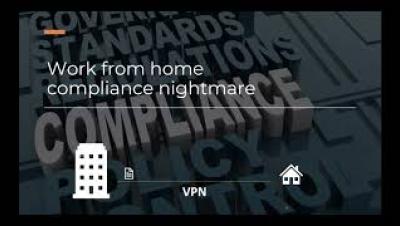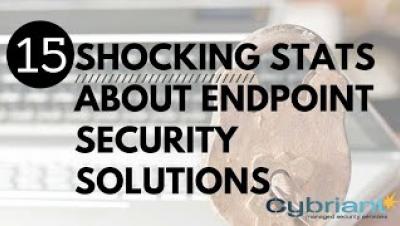Security | Threat Detection | Cyberattacks | DevSecOps | Compliance
%term
Managing Compliance & Security In A Remote World
Shared Responsibility and Configuration Management in the Cloud: SecTor 2020
A number of high-profile data breaches have resulted directly from misconfigured permissions or unpatched vulnerabilities. For instance, the 2017 Equifax breach was the result of exploiting an unpatched flaw in Apache Struts allowing remote code execution. More recently, the Capital One breach last year stemmed from a misconfigured web application firewall. Verizon’s 2020 DBIR reported that only hacking was more prevalent than misconfiguration errors as the culprit of data breaches.
How Long Should You Hang Onto Your Data?
One of the most common questions that businesses operating under GDPR, LGPD or other similar data regulations have is how long should you keep data? As answers to this question typically seem to vary widely to clear up confusion, we’ve gathered insights from business leaders & specialists across a variety of industries to try and answer this question and shed light on what are reasonable timeframes to keep hold of data, whether that may be financial, employee or other potentially sensitive data.
What is MITRE ATT&CK Framework?
If you are in the IT and/or cybersecurity, you must have heard of MITRE ATT&CK framework at least once but do you actually know what it is? Keep reading to learn! The ATT&CK network is developed by the MITRE Corp roughly seven years ago to offer crucial information, support and threat tactics to those who work in cyber security. ATT&CK framework is a living document that grows and gets updated every day.
Are you ready for ISO SAE 21434 Cybersecurity of Road Vehicles?
The goal of ISO SAE 21434 is to build upon functional safety standard ISO 26262 and provide a framework similar to it for the entire life cycle of road vehicles. The major components of this new standard include security management, project-dependent cyber security management, continuous cyber security activities, associated risk assessment methods, and cyber security within the concept product development and post development stages of road vehicles.
15 Shocking Stats About Endpoint Security Solutions | Cyberthreats on Endpoints
Deepfake Voice Technology Iterates on Old Phishing Strategies
As the world of AI and deepfake technology grows more complex, the risk that deepfakes pose to firms and individuals grows increasingly potent. This growing sophistication of the latest software and algorithms has allowed malicious hackers, scammers and cyber criminals who work tirelessly behind the scenes to stay one step ahead of the authorities, making the threat of attacks increasingly difficult to both prepare for and defend against.
How Cybersecurity Leaders Can Understand the Value of Their Organization's Security Solutions
Information Security leaders have to demonstrate the value and purpose for each solution that’s purchased and prove the solution that was chosen is doing the job it was procured to do. Executives are therefore requiring Information Security leaders to prove the value of the solutions in ways they understand. They need to see the value not in security metrics but in dollars and cents.









